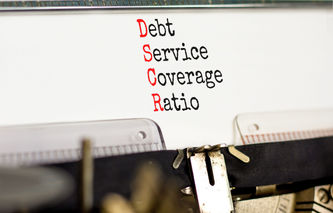Definition
The term asset quality index refers to a measure that allows the investor-analyst to compare the allocation of capital between current asset and fixed assets. The asset quality index can be used to determine if a company is shifting operating expenses to capital.
Calculation
Asset Quality Index = Proportion of Current and Fixed Assets in Period 1 / Proportion of Current and Fixed Assets in Period 1
Where:
Proportion of Current and Fixed Assets = 1 - (Current Assets + Net Fixed Assets) / Total Assets
Explanation
Capital structure and solvency measures allow the investor-analyst to understand the company's ability to remain in business in the long term. This is usually assessed by examining the relationship between debt, equity and the proportions of different types of stock. Solvency is the ability to continue operating, which oftentimes depends on cash flow. One of the ways to understand the overall solvency position of a company is by calculating their asset quality index.
The asset quality index provides the investor-analyst with information in terms of the possibility a company has changed an accounting practice and is shifting expense to capital in an attempt to improve perceived profits in the near term. This metric compares the proportion of current in fixed assets to total assets over time. A low asset quality index (<0.8, or 80%) indicates the possible shifting of operating expenses to capital.
Example
The manager of a large mutual fund believes Company ABC has changed an accounting practice which is manifesting itself in higher profits. The manager suspects the company is capitalizing what were traditionally operating costs. He asked his team of analysts to calculate Company ABC's asset quality index. The team gathered information for the last two years, which appears in the table below:
Year 1 | Year 2 | |
Current Assets | $21,352,000 | $22,180,000 |
Net Fixed Assets | $65,746,000 | $94,594,000 |
Total Assets | $122,500,000 | $125,000,000 |
For year one:= 1 - (21,352,000 + 65,746,000) / 122,500,000= 1 - (87,098,000 / 122,500,000)= 1 - 0.71, or 0.29
For year two:= 1 - (22,180,000 + 94,594,000) / 125,000,000= 1 - (116,774,000 / 125,000,000)= 1 - 0.93, or 0.07
The asset quantity index would then be:
= 0.07 / 0.29, or 23%
Given this low asset quality index, the fund manager decided to sell the shares of Company ABC's common stock held in his fund.



